
An Interview with Iranian Artist Golnaz Fathi Art Without Translation
Oct 03, 2013 Interview
Born in Tehran, in 1972, Golnaz Fathi is an influential member of a currently thriving generation of artists to surface in Iran over the last twenty years. Whilst studying Graphic Design at Azad University, in Tehran, Fathi became fascinated by the expressive potential of traditional calligraphic forms and immersed herself in a sustained six-year study of traditional calligraphy. Now she continues her artistic explorations and uses calligraphy only as a starting point of her expression.
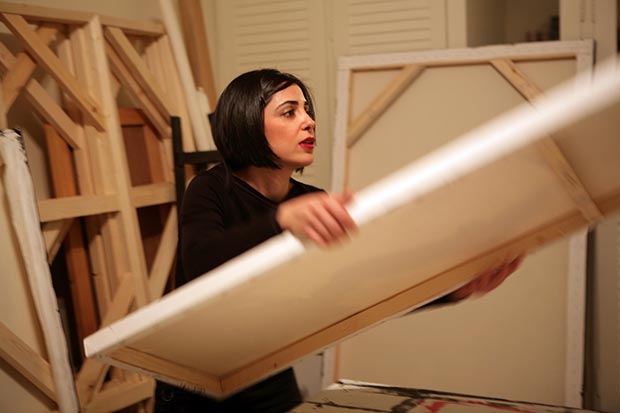 Golnaz Fathi / Photo by Newsha Tavakolian
Golnaz Fathi / Photo by Newsha Tavakolian
I loved calligraphy and still do. Somehow I needed to use this skill in my work as I had dedicated so many years to learning it. Without knowledge you cannot break the rules, so I am thankful for those years that I spent studying calligraphy, but there came a time that I had to move beyond it. Over the years I have tried to transform calligraphy into forms and composition. These gestures - both rhythm and form - fascinate me. My work contains no written text, only forms to be looked at with pictorial eyes. This allows viewers from any country the same interpretative freedom which occurs at the moment of creation. It cannot be read with the eye, but must be understood with imagination and read by the heart. The repetitive forms can also be read as a visual meditation or a form of prayer, where the layering speaks of the process and the rhythmic passing of time.
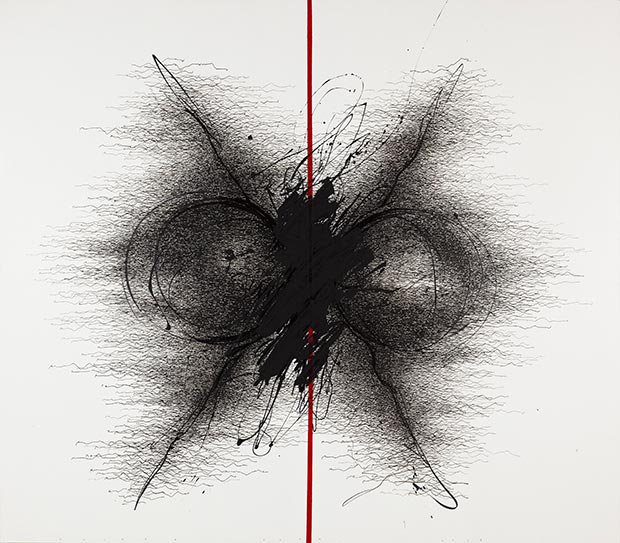 Golnaz Fathi / Untitled, 2013, pen on canvas, 146x128 cm / Courtesy of Pearl Lam Galleries and the Artist
Golnaz Fathi / Untitled, 2013, pen on canvas, 146x128 cm / Courtesy of Pearl Lam Galleries and the Artist
Most probably! I studied it for 4 years, so it definitely it has influenced my work.
For the acrylic works it could well be. Many people have told me the same thing - that it looks like traditional calligraphy from East Asia. However for me it has been the process of changing during years. I call them "unwritten" and they have also been inspired by many abstract expressionist artists as well.
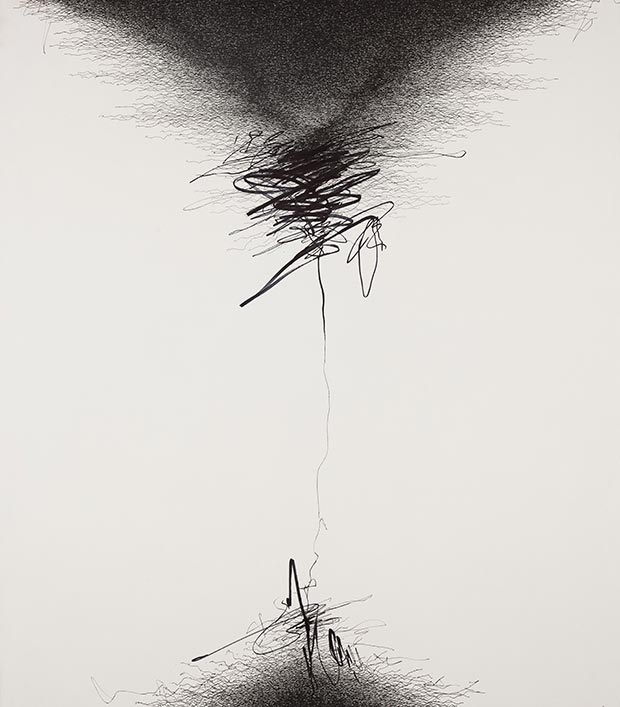 Golnaz Fathi / Untitled, 2013, pen on canvas, 146x128 cm / Courtesy of Pearl Lam Galleries and the Artist
Golnaz Fathi / Untitled, 2013, pen on canvas, 146x128 cm / Courtesy of Pearl Lam Galleries and the Artist
My palette is very limited: mostly black, red, yellow or blue for acrylic works. But even this depends to my mood - if I wake up and I need yellow I would follow this urge. So it's not symbolic, it’s mostly emotional. Red is my favorite colour: to me it signifies life and energy! My pen on canvas works are monochrome as I believe the lines speak for themselves.
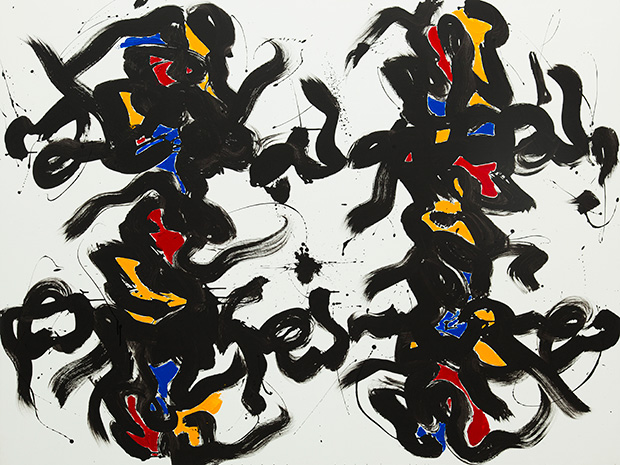 Golnaz Fathi / Untitled, 2011, acrylic on canvas, 150x200 cm / Courtesy of Pearl Lam Galleries and the Artist
Golnaz Fathi / Untitled, 2011, acrylic on canvas, 150x200 cm / Courtesy of Pearl Lam Galleries and the Artist
That was a special series I did for an exhibition in Dubai called "Falling Leaves." Otherwise I don't do figurative paintings, that was the only one! It was my reaction against what was happening in the Middle East. The war in Syria, Egypt, bombs in Iraq... All you hear about is killing and dying. For me that is not the "Arab Spring." This shows we, as human beings, are not yet civilized as we need to use war as a solution to our problems. I borrowed the figures from Shahnameh: the King's Book by our great poet Ferdowsi because he told stories of wars as well as the good things. We still haven't changed.
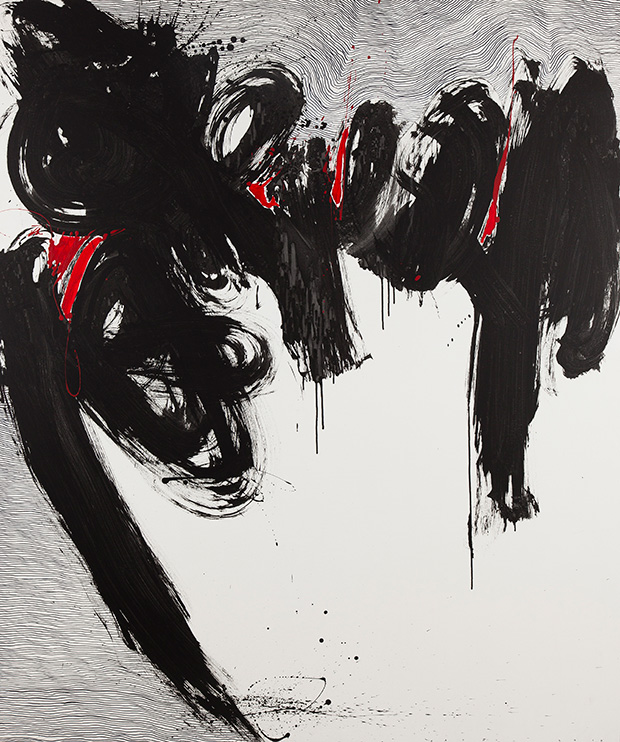 Golnaz Fathi / Untitled, 2012, acrylic on canvas, 170x142 cm / Courtesy of Pearl Lam Galleries and the Artist
Golnaz Fathi / Untitled, 2012, acrylic on canvas, 170x142 cm / Courtesy of Pearl Lam Galleries and the Artist
Of course daily life can inspire me - it has a very important role in my paintings. All the experiences that we gain in our lives are precious things that artists transform into works of art. Mostly abstract expressionist artists have been a great inspiration to me, such as Motherwell, Gottlieb, Pollock and Newman. Antonio Tapies has also been an influence.
 Golnaz Fathi / Untitled, 2010, acrylic on canvas, 144x470 cm / Courtesy of Pearl Lam Galleries and the Artist
Golnaz Fathi / Untitled, 2010, acrylic on canvas, 144x470 cm / Courtesy of Pearl Lam Galleries and the Artist
I am so happy to be holding this exhibition in China because the country has a very rich culture and a great history of calligraphy, just like Iran. We both practice this art but we write in different ways. We understand each other without any translation. This is my first show here in Shanghai and the exhibition is a mix of different works: pen on canvas, light boxes, acrylic works and a 2-sided painted book. I thought it would be good for people to get to know the different types of work I produce.
 'The Living Road' by Golnaz Fathi at Pearl Lam Galleries, Installation view / Courtesy of Pearl Lam Galleries
'The Living Road' by Golnaz Fathi at Pearl Lam Galleries, Installation view / Courtesy of Pearl Lam Galleries
 'The Living Road' by Golnaz Fathi at Pearl Lam Galleries, Installation view / Courtesy of Pearl Lam Galleries
'The Living Road' by Golnaz Fathi at Pearl Lam Galleries, Installation view / Courtesy of Pearl Lam Galleries
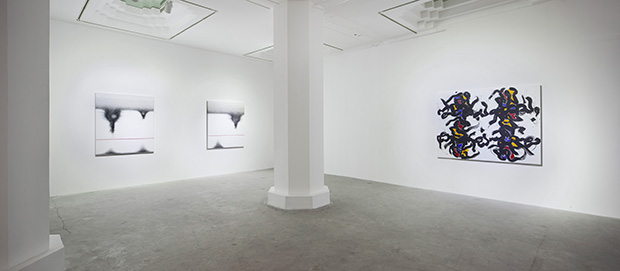 'The Living Road' by Golnaz Fathi at Pearl Lam Galleries, Installation view / Courtesy of Pearl Lam Galleries
'The Living Road' by Golnaz Fathi at Pearl Lam Galleries, Installation view / Courtesy of Pearl Lam Galleries
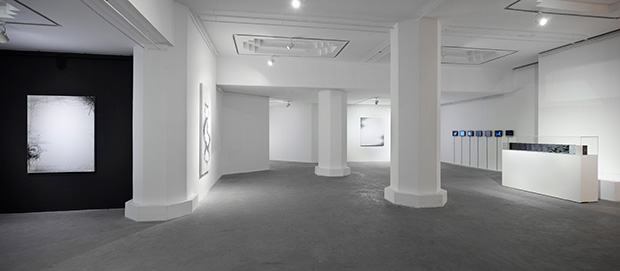 'The Living Road' by Golnaz Fathi at Pearl Lam Galleries, Installation view / Courtesy of Pearl Lam Galleries
'The Living Road' by Golnaz Fathi at Pearl Lam Galleries, Installation view / Courtesy of Pearl Lam Galleries
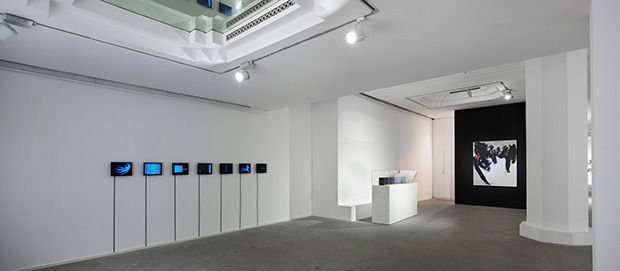 'The Living Road' by Golnaz Fathi at Pearl Lam Galleries, Installation view / Courtesy of Pearl Lam Galleries
'The Living Road' by Golnaz Fathi at Pearl Lam Galleries, Installation view / Courtesy of Pearl Lam Galleries
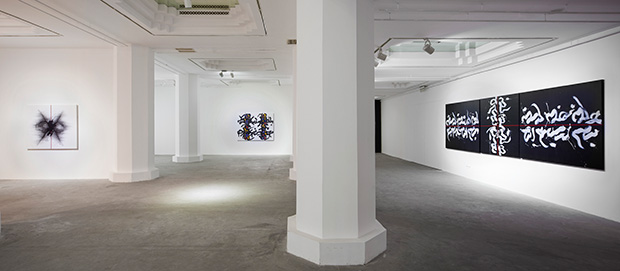 'The Living Road' by Golnaz Fathi at Pearl Lam Galleries, Installation view / Courtesy of Pearl Lam Galleries
'The Living Road' by Golnaz Fathi at Pearl Lam Galleries, Installation view / Courtesy of Pearl Lam Galleries
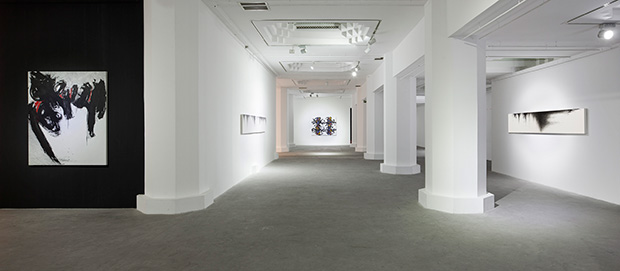 'The Living Road' by Golnaz Fathi at Pearl Lam Galleries, Installation view / Courtesy of Pearl Lam Galleries
'The Living Road' by Golnaz Fathi at Pearl Lam Galleries, Installation view / Courtesy of Pearl Lam Galleries
The art scene in Iran is active with lots of galleries and young talents!
I think it's more professional if you are represented by a gallery rather than a freelance artist. This is just my own personal opinion. In the Middle East I am represented by The Third Line gallery, in London by October Gallery, in America by Sundaram Tagore and in the Far East by Pearl Lam Galleries.
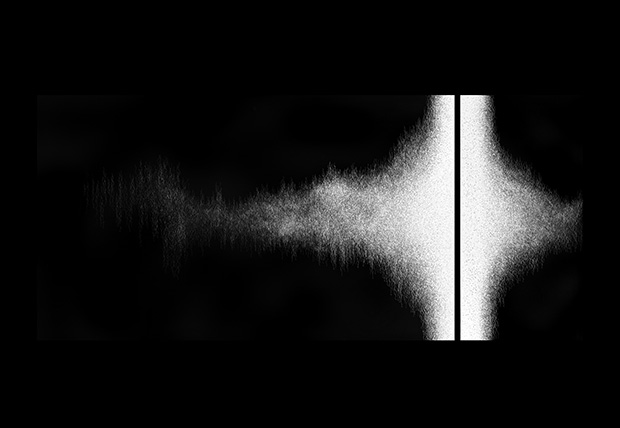 Golnaz Fathi / Untitled, diptych, 2013, diasec mounted photographic print, 100x170cm, 100x50, overall 100x220cm / Courtesy of Pearl Lam Galleries and the Artist
Golnaz Fathi / Untitled, diptych, 2013, diasec mounted photographic print, 100x170cm, 100x50, overall 100x220cm / Courtesy of Pearl Lam Galleries and the Artist
I will have a solo show in the spring at October Gallery in London but will be presented by all of my galleries in different art fairs around the world.
You are welcome!
Comments
Add a comment